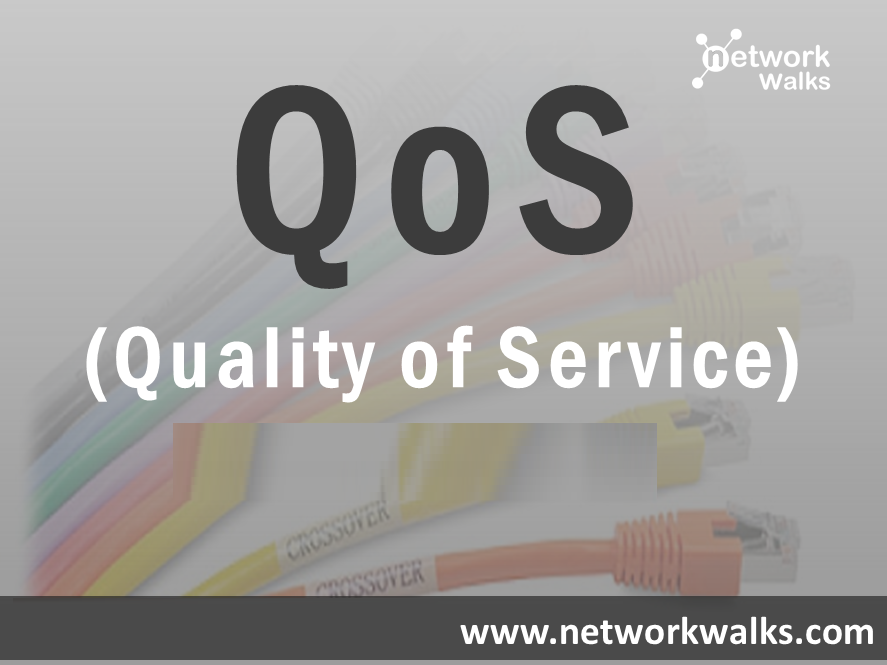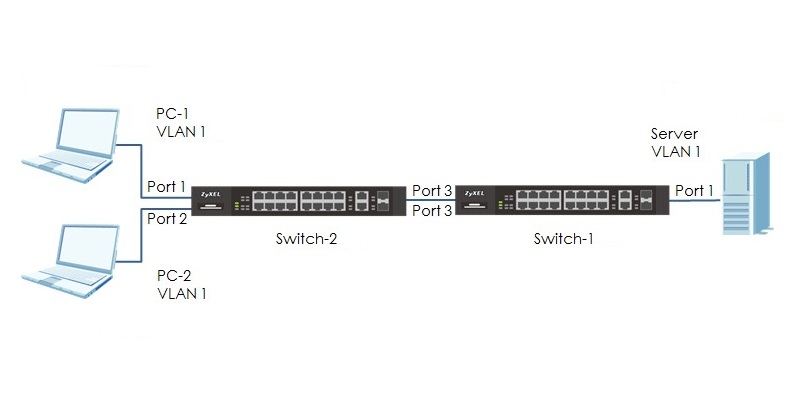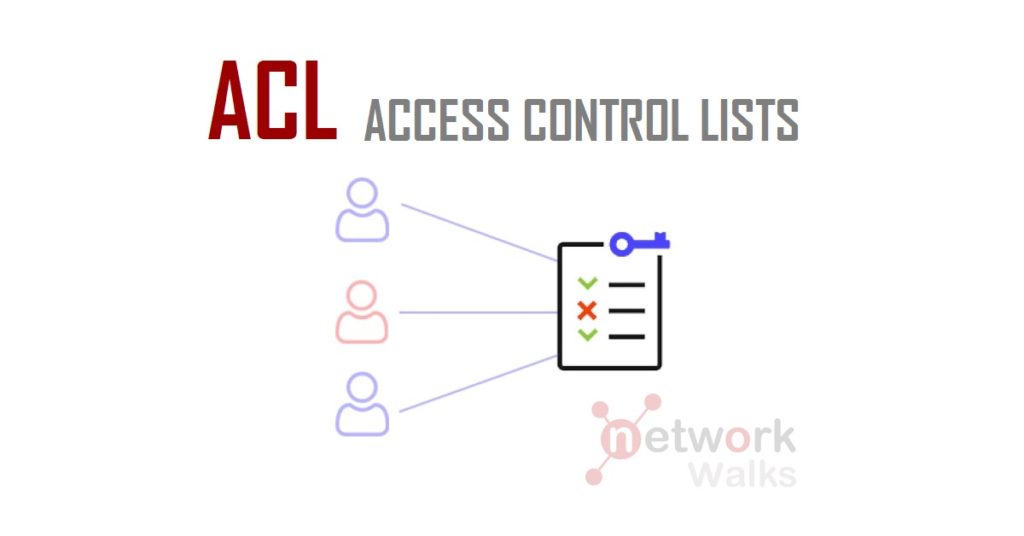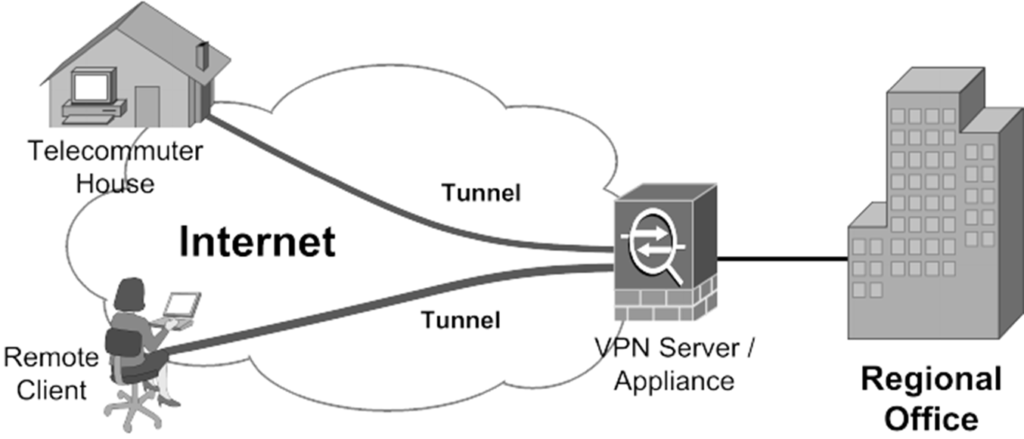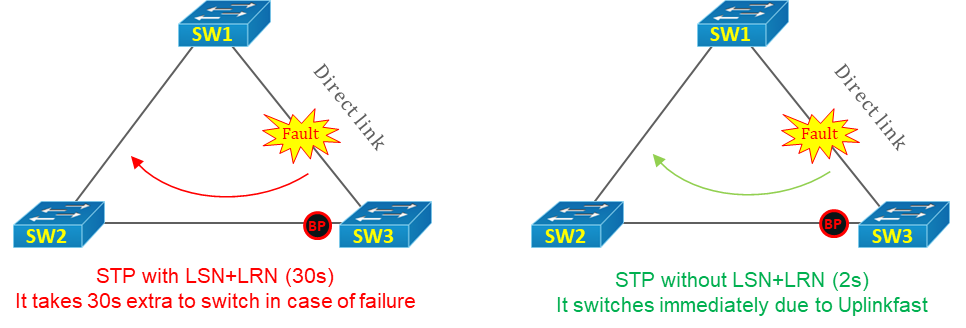HOW TO CONFIGURE BGP ON CISCO VS HUAWEI ROUTERS BGP CONFIGURATION ON CISCO ROUTERS: router bgp 65001 router bgp 65002 bgp router-id 1.1.1.1 bgp router-id 2.2.2.2 network 1.1.1.1 mask 255.255.255.255 network 2.2.2.2 mask 255.255.255.255 neighbor 12.12.12.2 remote-as 65002 neighbor 12.12.12.1 remote-as 65001 BGP CONFIGURATION ON HUAWEI ROUTERS: bgp 65001 bgp 65002 router-id 1.1.1.1 router-id 2.2.2.2 ipv4-family unicast ipv4-family unicast network 1.1.1.1 32 (follow us: networkwalks.com) network 2.2.2.2 32 peer 12.12.12.2 as-number 65002 peer 12.12.12.1 as-number 65001 Also check our free Online Quizzes on all IT topics and CCNA, CCNP, CCIE including new Python Automation Programming. Free Read More …






